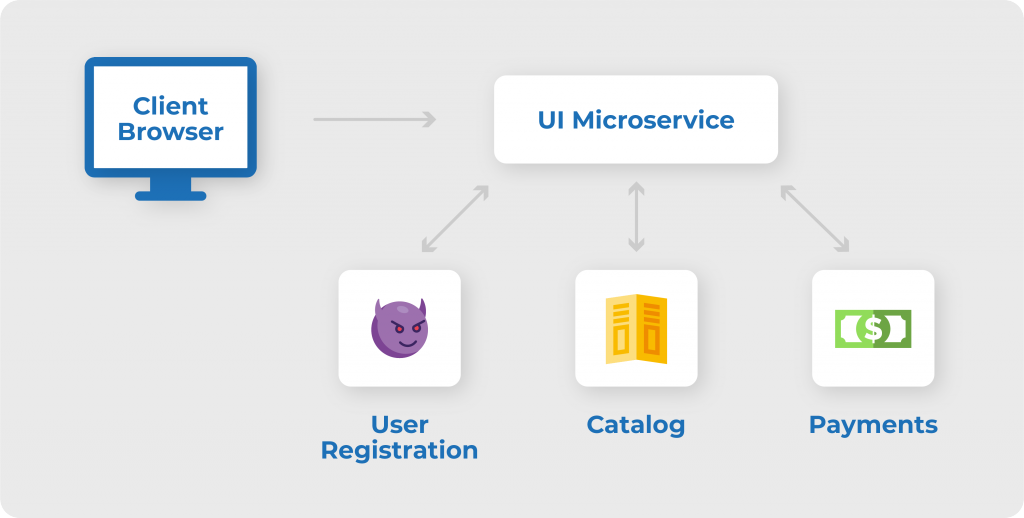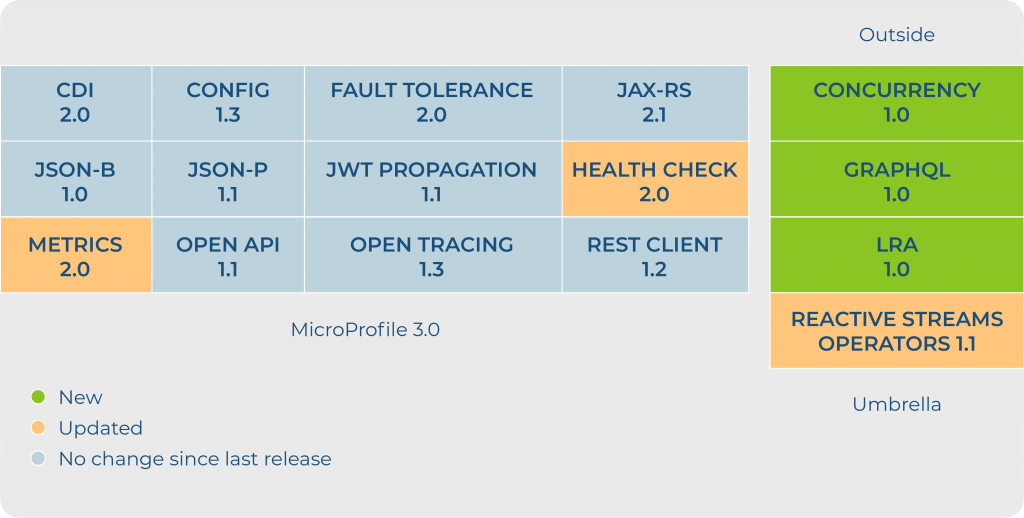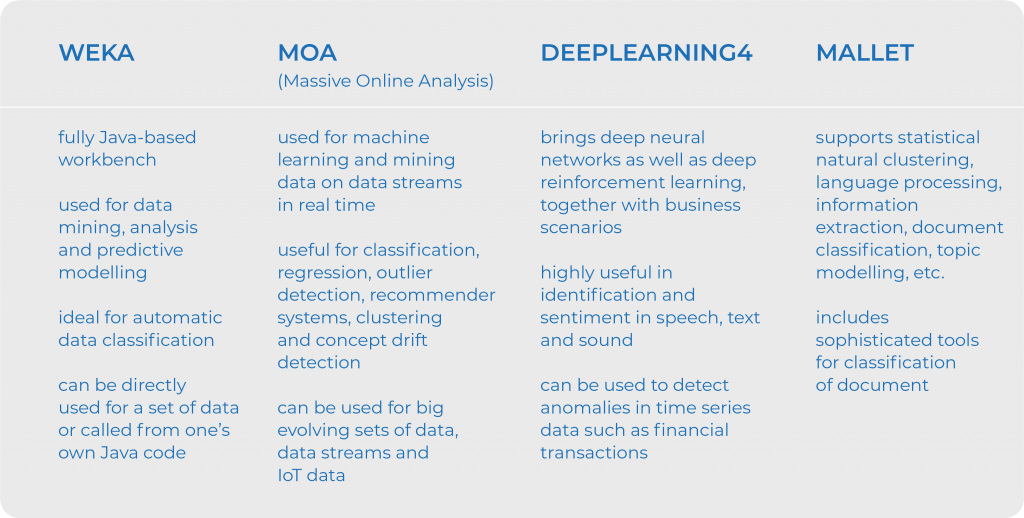Nothing remains the same. And the Java world is no exception. Despite the fact that Java was introduced way back in 1995, it is still alive and pretty much kicking. To stay successful and popular among Java software developers, the language and those who work with it professionally must be on the ball. What should your Java development company take into consideration before proceeding to your project? Let’s try to figure it out.
written by:
Anastasia Borodinets
Nothing remains the same. And the Java world is no exception. Despite the fact that Java was introduced way back in 1995, it is still alive and pretty much kicking. To stay successful and popular among Java software developers, the language and those who work with it professionally must be on the ball. What should your Java development company take into consideration before proceeding to your project? Let’s try to figure it out.
This article is a younger brother of the similar one which covers the same topic. Feel free to check it out just in case you didn’t.
It’s time to migrate. This time to microservices
“Microservice” is one of the most frequent buzzwords in the industry. The microservice architecture has a modular structure where components can be altered or replaced independently without endangering the entire system. In the process of Java app development, we can break down the existing system into smaller independent deployment units or set up a new application based on services that will form a fully-functional system.
Let’s take, for example, an e-commerce website. You will have one WAR file or Java application which takes care of user registration, another for the catalog and the third one which handles payments. Instead of modularizing your application with the help of packages or JAR files, you do it using microservices.
E-Commerce App Microservice Architecture
One of the major advantages of microservices is that you don’t have to stick to just one technology. One microservice can be developed in Java. At the same time, the second one will be written in a different programming language or stored on different application or web servers. Thus, it’s much easier to include some bug fixes into your application. That is particularly advantageous for Java development services because if your app is just a large JAR or WAR file, you need to define all the libraries, and that’s somewhat discouraging because if you want to have your bug fixed in the library, you need to make sure that every module in the whole application can actually deal with that version of the library.
Different microservices can have different cross-functional requirements (scalability, performance, security, etc.). Software developers can deal with it much easier if they have that separation. What is more, the Java developer can build separate teams responsible for separate services. They can manage smaller applications better because they are separate and smaller in size, therefore you can build faster and with more quality.
Working with a microservice API gateway can greatly reduce coding efforts, make your applications far more efficient, and decrease errors all at that same time. An advantage of using microservices is that you don’t have to interact with a huge code base. Microservices are small and flexible. You can precisely choose which bits of code you want to interact with and where those bits come from.
No surprise that many big companies use it in their projects, going away from the conventional “monolithic app” approach.
Jakarta EE. Mother of microprofiles
Oracle said farewell to the Java Enterprise Edition, as the Eclipse Foundation took over Java EE under a new name, Jakarta, and without the “Java” trademark. The name was changed since Oracle refused to assign the right to use the Java trademark to Eclipse, which now supervises the development and management of the platform designed to create integrated development environments and various projects in the Java language.
The transition happened because the pace of Java EE releases slowed down to a point where it was unable to meet the challenges of the rapidly advancing microservice trend. Oracle’s initiative was supported by IBM, Red Hat, Oracle, Microsoft, Payara, and Tomitribe, which are major Java EE developers.
MicroProfile 3.0 (Due in June 2019) We’ll Probably Witness
As was mentioned in our previous article, Eclipse MicroProfile is an open-source specification that brings a number of microservices-centric features to the Java EE ecosystem. MicroProfile releases have added the components to better support microservices development. We now may enjoy such capabilities as resilient fault tolerance, configuration isolated from the application, tracing that spans over multiple microservices, and an easy mechanism to document your microservice APIs.
With the introduction of the “Eclipse MicroProfile: Accelerating Cloud-Native Application Development with Java Microservices” eBook, the Eclipse Foundation clearly explains how MicroProfile is the natural Java framework for microservice development. Enterprise Java developers don’t have to “start over” just because they are moving to a newer microservices architecture. They can build upon the knowledge and experience they have honed over the years with Java SE and EE.
Microframeworks rising
Together with the growing popularity of microservices and light-weight REST APIs, we are witnessing another trend in Java: the rise of Java microframeworks. A microframework is a minimalistic web application framework. What usually differs it from more traditional, large application frameworks is:
- Focus on simplicity and speed of development
- Usually much smaller codebase
- Lack of some advanced features, such as templating engines, advanced security features, etc.
Javalin, Micronaut, Spring Cloud, Quarkus, Spark and many more make building REST APIs so much simpler.
Another big driver for their popularity is the increasing adoption of containers (Docker), containers management systems (Kubernetes) and patterns such as API Gateway. Suddenly, the services do not need to deal with as many problems as they used to.
Microframeworks are not yet mainstream. That may soon change especially with the rapid growth of interest in serverless architectures. Serverless architectures really benefit from small and lightweight deployments ¾ if you want to use Java in that context, microframeworks seem like a good idea.
From microservices to serverless
One of the most significant global trends that custom Java development technologies couldn’t resist is the shift from microservices to the serverless architecture.
The serverless architecture means that you can build and deploy the code without having to configure the underlying servers. But the best part about serverless computing is that it breaks down modules into parts smaller than microservices. This allows an almost infinite scaling. Also, that level of modularity gives developers a chance to visualize complex processes going on in their software, so it’s much easier to improve performance, reduce slowdowns and even make architectural decisions. To sum up, the serverless approach gives you granular control over the architecture of a solution and simple horizontal scalability.
Serverless platforms can cause some major restructuring for the Java world. The demand for serverless platforms is on the rise. Initially, they were regarded as consumption patterns, but now they are extending and transforming from simple event programming models into complex flow-based systems. This innovation will be growing further since cloud developers want to shift attention to the app without worrying about servers. This means that Java-based software will have to be optimized and move to a serverless architecture. In the modern world, startups and small-scale enterprises play a growing role.
When machines learn
Although Java’s importance in enterprise application development is well known, it’s also used in machine learning (ML) and artificial intelligence (AI).
While machine learning is an emerging trend in computer science, AI is not a new scientific field. What changed in the past decade is that computers have now the processing power necessary for machine learning algorithms. The majority of algorithms demand a great number of matrix multiplications as well as other mathematical operations to process. Machine learning allows programs to execute quality enhancement processes as well as extend their “human-free” capabilities. A program that’s built with machine learning could update or extend its own code.
Today, companies are hunting for programmers and developers who are capable of doing Java based web applications as well as coding for ML and deep learning.
Top Machine Learning Libraries for Java
Machine learning is extremely beneficial to developers of Java applications. The benefits could far outweigh the drawbacks with a capable team of Java developers as well as having a strong system. ML could be used to predict disease outbreaks, traffic patterns and much more. All this could help an organization plan and react accordingly.
Before leaving
No matter what, Java is still successful after 20 years and has a great future ahead in cloud computing, Android and mobile, web and embedded technologies.
There are good reasons for the sustainable appeal of Java. Most technologists admire its sophistication. In the vast community of practitioners, Java has been duly positioned as a go-to language for developing network-based applications. It also contains good design decisions which place it above most of its competitors.
Despite some critical points, Java’s popularity is not fading in the programming world. On the contrary, it holds its position firmly starting from 1996 when it was first recognized as The Product of the Year by Time magazine.
Thinking about hiring Java developers that can take your project to the next level? Feel free to contact us via request@qulix.com or visit our website for more information.

Contacts
Feel free to get in touch with us! Use this contact form for an ASAP response.
Call us at +44 151 528 8015
E-mail us at request@qulix.com










